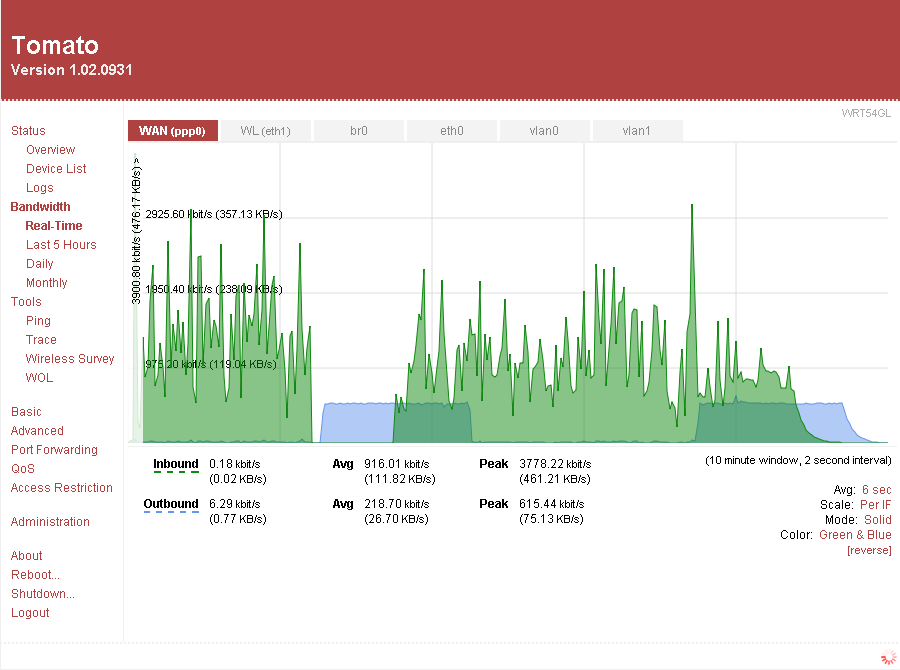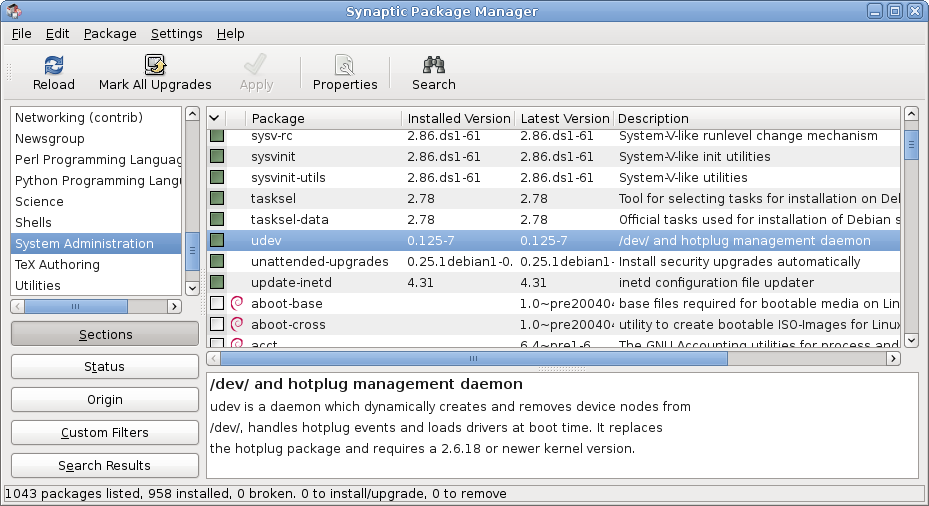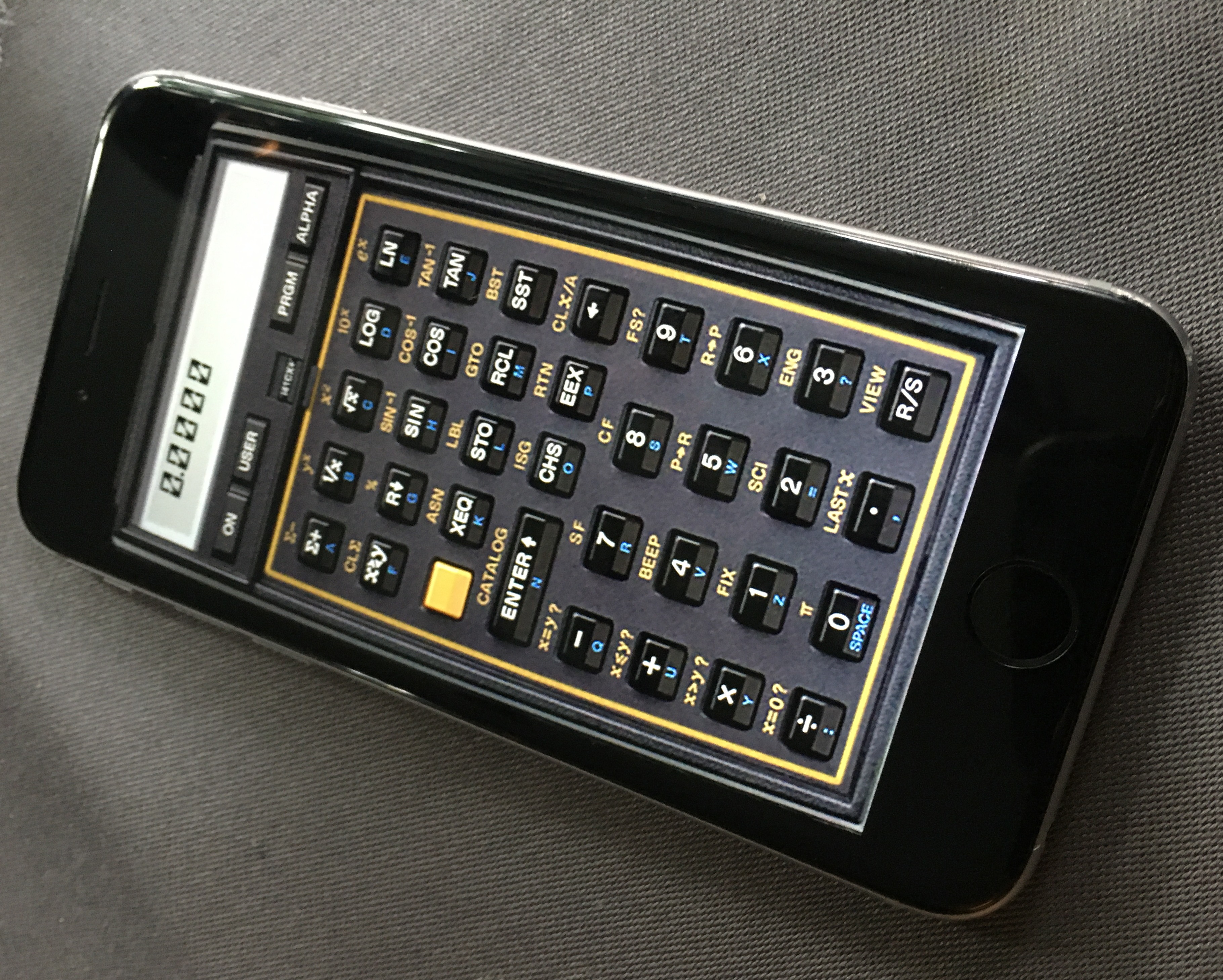|
Optware
Optware is a free software package manager for embedded systems. Originally developed as a distribution mechanism for the Unslung Linux distribution for the Linksys NSLU2, Optware has been adopted by a variety of hobbyist communities and device developers. Optware has been used on a number of platforms, including the webOS community working on the Palm Pre and Pixi, the WL-500g, WL-HDD, WL-500gx, WL-500gP Asus routers, Plug computer, Plug computers (Pogoplug V1, V2, Pro, Biz, Dockstars, etc.), Asustor and Synology NAS devices. In late 2010, the first Optware for Android (operating system), Android was released by the Novaports team for the Barnes & Noble Nook Color, Nook Color. Optware is no longer maintained. The authors have switched to Optware-ng. Supported platforms Optware packages currently run on the following devices: * Linksys NSLU2 with Unslung firmware * Asus routers with USB and WL-700gE WL-HDD with Oleg's or OpenWrt or DD-WRT firmware * Certain Netgear routers with DD ... [...More Info...] [...Related Items...] OR: [Wikipedia] [Google] [Baidu] |
Tomato (firmware)
Tomato is a family of community-developed, custom firmware Custom firmware, also known as aftermarket firmware, is an unofficial new or modified version of firmware created by third parties on devices such as video game consoles and various embedded device types to provide new features or to unlock hidden ... for consumer-grade computer networking wireless router, routers and residential gateway, gateways powered by Broadcom chipsets. The firmware has been continually forked and modded by multiple individuals and organizations, with the most up-to-date fork provided by the FreshTomato project. History Tomato was originally released by Jonathan Zarate in 2006, using the Linux kernel and drawing extensively on the code of HyperWRT. It was targeted at many popular routers of the time, most notably the older Linksys WRT54G series, AirStation, Buffalo AirStation, Asus Routers, Asus routers and Netgear WNR3500L. His final release of the original Tomato firmware came in June 2010, b ... [...More Info...] [...Related Items...] OR: [Wikipedia] [Google] [Baidu] |
Unslung
Unslung is an open source firmware for the Linksys NSLU2. It is based on the stock Linksys firmware. Due to the device running Linux, and therefore being licensed under, and subject to the terms of the GNU General Public License, Linksys released the source code. Unslung takes the Linksys firmware and expands upon it. It is still subject to some of the restrictions that the Linksys firmware has, but also removes some of them. Based on the old Linux 2.4 kernel, support for some newer devices may not exist. The web interface of the default Linksys firmware is kept, fully functioning, except for the upgrade interface. Through ipkg, users are able to install over 1000 Optware packages to the device. These have been specially compiled for the NSLU2. Current Release The Unslung 6.10 Beta firmware is based on the Linksys V2.3R63/A5 firmware. It is a minor bugfix/update of that of Unslung 6.8. See also *SlugOS SlugOS is common source base for a group of firmware distributions for the ... [...More Info...] [...Related Items...] OR: [Wikipedia] [Google] [Baidu] |
NSLU2
The NSLU2 (Network Storage Link for USB 2.0 Disk Drives) is a network-attached storage (NAS) device made by Linksys introduced in 2004 and discontinued in 2008. It makes USB flash memory and hard disks accessible over a network using the SMB protocol (also known as Windows file sharing or CIFS). It was superseded mainly by the NAS200 (enclosure type storage link) and in another sense by the WRT600N and WRT300N/350N which both combine a Wi-Fi router with a storage link. The device runs a modified version of Linux and by default, formats hard disks with the ext3 filesystem, but a firmware upgrade from Linksys adds the ability to use NTFS and FAT32 formatted drives with the device for better Windows compatibility. The device has a web interface from which the various advanced features can be configured, including user and group permissions and networking options. Hardware The device has two USB 2.0 ports for connecting hard disks and uses an ARM-compatible Intel XScale IXP420 ... [...More Info...] [...Related Items...] OR: [Wikipedia] [Google] [Baidu] |
Package Manager
A package manager or package-management system is a collection of software tools that automates the process of installing, upgrading, configuring, and removing computer programs for a computer in a consistent manner. A package manager deals with ''packages'', distributions of software and data in archive files. Packages contain metadata, such as the software's name, description of its purpose, version number, vendor, checksum (preferably a cryptographic hash function), and a list of dependencies necessary for the software to run properly. Upon installation, metadata is stored in a local package database. Package managers typically maintain a database of software dependencies and version information to prevent software mismatches and missing prerequisites. They work closely with software repositories, binary repository managers, and app stores. Package managers are designed to eliminate the need for manual installs and updates. This can be particularly useful for large ent ... [...More Info...] [...Related Items...] OR: [Wikipedia] [Google] [Baidu] |
OpenWrt
OpenWrt (from ''open wireless router'') is an open-source project for embedded operating systems based on Linux, primarily used on embedded devices to route network traffic. The main components are Linux, util-linux, musl, and BusyBox. All components have been optimized to be small enough to fit into the limited storage and memory available in home routers. OpenWrt is configured using a command-line interface ( ash shell) or a web interface (LuCI). There are about 8000 optional software packages available for installation via the opkg package management system. OpenWrt can run on various types of devices, including CPE routers, residential gateways, smartphones, pocket computers (e.g. Ben NanoNote). It is also possible to run OpenWrt on personal computers and laptops. History The OpenWrt project was started in 2004 after Linksys had built the firmware for their WRT54G series of wireless routers with code licensed under the GNU General Public License. Under ... [...More Info...] [...Related Items...] OR: [Wikipedia] [Google] [Baidu] |
International Data Group
International Data Group (IDG, Inc.) is a market intelligence and demand generation company focused on the technology industry. IDG, Inc.’s mission is centered around supporting the technology industry through research, data, marketing technology, and insights that help create and sustain relationships between businesses. IDG, Inc. is wholly owned by Blackstone and is led by Mohamad Ali, who was appointed CEO of the company in 2019. Ali serves on IDG, Inc.’s leadership team along with IDC President Crawford Del Prete, IDG, Inc.’s Chief Financial Officer Donna Marr, and Foundry President Kumaran Ramanathan. IDG, Inc. is headquartered in Needham, MA and is parent company to both International Data Corporation (IDC) and Foundry (formerly IDG Communications). History International Data Group was initially founded as International Data Corporate (IDC) in 1964 by Patrick Joseph McGovern, shortly after he had graduated from the Massachusetts Institute of Technology (MIT). Bas ... [...More Info...] [...Related Items...] OR: [Wikipedia] [Google] [Baidu] |
PCWorld
''PC World'' (stylized as PCWorld) is a global computer magazine published monthly by IDG. Since 2013, it has been an online only publication. It offers advice on various aspects of PCs and related items, the Internet, and other personal technology products and services. In each publication, ''PC World'' reviews and tests hardware and software products from a variety of manufacturers, as well as other technology related devices such as still and video cameras, audio devices and televisions. The current editor of ''PC World'' is Jon Phillips, formerly of '' Wired''. In August 2012, he replaced Steve Fox, who had been editorial director since the December 2008 issue of the magazine. Fox replaced the magazine's veteran editor Harry McCracken, who resigned that spring, after some rocky times, including quitting and being rehired over editorial control issues in 2007. ''PC World'' is published under other names such as PC Advisor and PC Welt in some countries. ''PC World''s com ... [...More Info...] [...Related Items...] OR: [Wikipedia] [Google] [Baidu] |
WD TV
The WD TV is a consumer device that was produced by Western Digital which plays videos, images, and music from USB drives or network locations. The device was introduced in 2008 and played high-definition video through an HDMI port, and standard video through composite video cables. The device had support for most common video and audio formats. The WD TV was discontinued as of August 2016. Models WD TV (1st Gen) In November 2008 Western Digital introduced the WD TV. with full HD 1080p multimedia player with DTS pass-through only. The hardware starts with a 300 MHz TangoX MIPS 4KEc from Sigma Designs, which has 100 MB of memory. WD TV (2nd Gen) Updated device with 2-channel DTS support. Uses the same Sigma SMP8655 Secure Media Processor as the Live. WD TV Mini Released in Fall 2009, it was a Media Player with DVD quality, upscales to 1080i, Plays back RealVideo and many other popular file formats with no need for transcoding, but lacks the ability to play H.264 encode ... [...More Info...] [...Related Items...] OR: [Wikipedia] [Google] [Baidu] |
Sheevaplug
The SheevaPlug is a "plug computer" designed to allow standard computing features in as small a space as possible. As one of the first such computers on the market, the device has a 1.2 GHz Marvell Kirkwood 6281 ARM-compatible CPU, a.k.a. Feroceon. It is sold with Ubuntu Linux version 9.04 pre-installed. A software development kit for the platform is also available. Commercial products The following commercial products are known to be based on the SheevaPlug platform: * BarracudaDrive is a free Cloud Server for the SheevaPlug. * CTERA CloudPlug by CTERA Networks, a plug computer providing remote backup service at local disk speeds and overlays a file sharing service. * TonidoPlug from CodeLathe, a SheevaPlug-based device that runs Tonido home server and NAS software, and allows users to access, share and sync files and media. * Pogoplug by Cloud Engines, a device that lets users access their files at home over the Internet without leaving a PC on. * Seagate FreeAge ... [...More Info...] [...Related Items...] OR: [Wikipedia] [Google] [Baidu] |
Emulator
In computing, an emulator is hardware or software that enables one computer system (called the ''host'') to behave like another computer system (called the ''guest''). An emulator typically enables the host system to run software or use peripheral devices designed for the guest system. Emulation refers to the ability of a computer program in an electronic device to emulate (or imitate) another program or device. Many printers, for example, are designed to emulate HP LaserJet printers because so much software is written for HP printers. If a non-HP printer emulates an HP printer, any software written for a real HP printer will also run in the non-HP printer emulation and produce equivalent printing. Since at least the 1990s, many video game enthusiasts and hobbyists have used emulators to play classic arcade games from the 1980s using the games' original 1980s machine code and data, which is interpreted by a current-era system, and to emulate old video game consoles. A hardw ... [...More Info...] [...Related Items...] OR: [Wikipedia] [Google] [Baidu] |
Palm Pixi
The Palm Pixi and Pixi Plus are multimedia smartphones, developed by Palm, which was purchased in 2010 by HP. The device is viewed as a successor to the Palm Centro smartphone and was Palm's second webOS device, after the Palm Pre. The phones were considered the smallest "smartphone" on the market and are able to browse the internet, and access Facebook and other social media sites, as well as online banking. The original Pixi was announced on September 8, 2009, on Palm's official blog and was released on November 15, 2009, on the Sprint carrier network in the U.S. The Pixi Plus was announced at CES in 2010. The Plus versions include WiFi and the ability to act as a 3G Mobile hotspot (sometimes known as MiFi). The phone was released January 7, 2010, for the Verizon Wireless carrier network, and subsequently for AT&T Mobility, and was released on May 28, 2010, for O2 in the United Kingdom. Specifications The Pixi has both touchscreen capability and a QWERTY keyboard with so ... [...More Info...] [...Related Items...] OR: [Wikipedia] [Google] [Baidu] |



